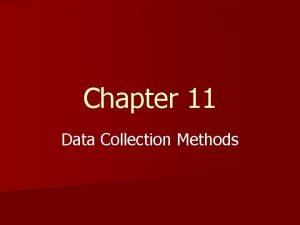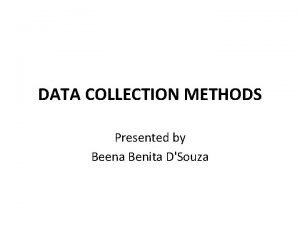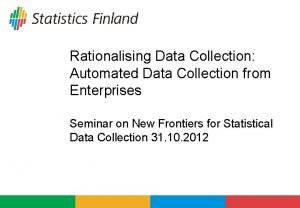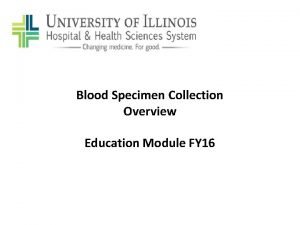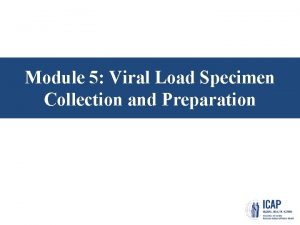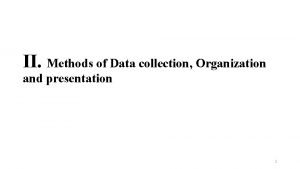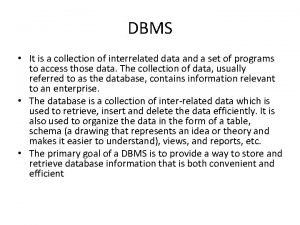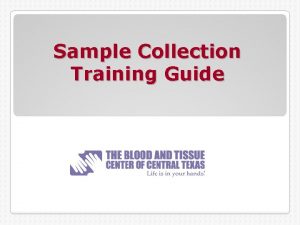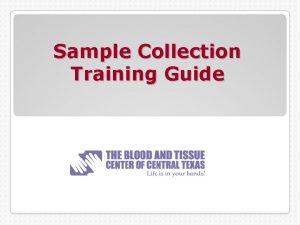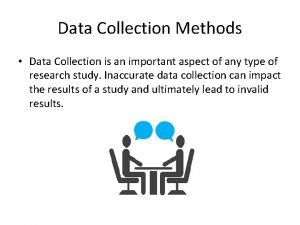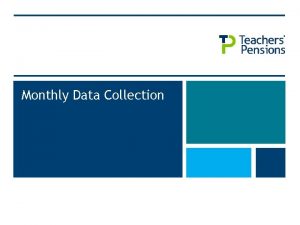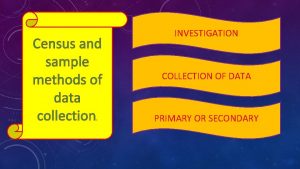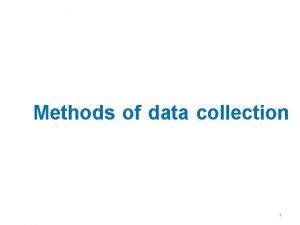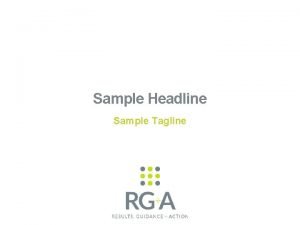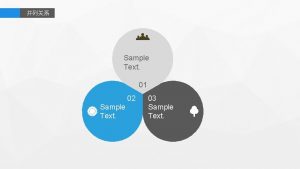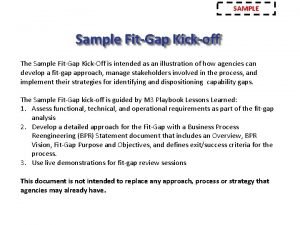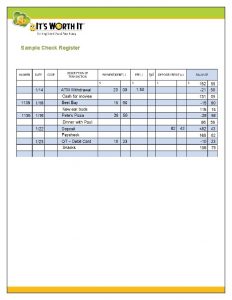Methods 1 2 Sample and data collection The

























- Slides: 25






Methods (1 από 2) Sample and data collection The study was conducted in one of the largest hospitals in Greece to achieve a representative database. The questionnaire was administrated to a sample of 132 pregnant women with a gestational age of between 11 and 14 weeks who were booked for antenatal screening in the antenatal clinic of a public hospital of Athens. The inclusion criteria were that women: (a) were able to read and write in Greek language, (b) were 18 years or older, and (c) did not have a history of mental of medical disorder. Following ultrasound appointment in the first trimester of pregnancy, a midwife from the research team contacted eligible women. The pregnant women were informed of the study and once they voluntarily agreed to participate, they were given an envelope containing the questionnaires and an informed consent form.

Methods (2 από 2) Sample and data collection (συνέχεια) The completed questionnaires and the signed consent form were returned directly or by mail to the research team (within 2 -3 weeks). During the recruitment period (from October 2010 to February 2011), 160 women were asked to participate in the study: 96% of them (155/160) agreed to take part, and finally 132 of the women returned completed questionnaires (response rate 85%). Non-participation was mainly due to time constraints. The final sample of 132 women, was adequate for exploratory factor analysis ( > 5 participants per item), as recommended by Stevens (2002).





Study instruments (1 από 4) Worries daring pregnancy were measured with the Cambridge Worry Scale (CWS) developed by Green et a. L (2003). The CWS contains items concerning worries during pregnancy, such as. the baby's health and giving birth. Each item is scored on a six-point Likert-type scale ranging from not a worry (0) to major worry (5). The CWS scale can be used throughout pregnancy.

Study instruments (2 από 4) Depending on the pregnancy week, additional context-specific items can be added or removed as appropriate. The CWS used in this study comprised 16 items (see additional file IX which allows the calculation of a total sum score that ranges from O to 80. Λ higher score reflects higher worries. According to the developers, the CWS has a four factor structure: (1) sociomedical aspects of having a baby: giving birth; going to hospital: internal examinations; and coping with the new baby. (2) socioeconomic issues: money, employment problems, housing and the law. (3) health of mother and baby: miscarriage, something being wrong with the baby and own health, and (4) relationship» with partner, family and friends. 12

Study instruments (3 από 4) After obtaining authorization by its developers, the 'forwardbackward translation was applied to translate the CSW from English to Greek language. Back-translation is highly recommended by experts on cross cultural research. This process must be followed carefully because the meanings of its component constructs may vary from one culture to another (Maneesriwongul and Dixon. 2004). The CWS was translated from English into Greek, by two independent health professionals who were native speakers of the Greek language with a high level of fluency in English. The forward translations were compared with each other and with the original English version.

Study instruments (4 από 4) After discussing any discrepancies, the two versions were synthesized to form one common Greek version. The Greek version was then back-translated independently by two native English speakers whose second language was Greek. The translation coordinator (first author) compared the backtranslation with the original questionnaire. Any discrepancies that emerged from the comparison were discussed and two items were reworded. After the back-translation was conducted, the translated version was checked in order to minimize misunderstandings concerning especially the terminology and was culturally adapted. Therefore, a version of the Greek questionnaire, which was linguistically and conceptually equivalent to the English version, was developed. 14










 Secondary data
Secondary data Types of data collection methods
Types of data collection methods Methods of data collection in legal research
Methods of data collection in legal research Observational data collection method
Observational data collection method Observation methods of data collection
Observation methods of data collection Automated data collection methods
Automated data collection methods Data collection procedures
Data collection procedures Collection methods and procedures
Collection methods and procedures Landsat collection 1 vs collection 2
Landsat collection 1 vs collection 2 Documentary collection vs documentary credit
Documentary collection vs documentary credit Data collection secondary data sources
Data collection secondary data sources Metal coping fpd
Metal coping fpd Sample collection module
Sample collection module Viral load sample collection
Viral load sample collection Collection organization and presentation of data
Collection organization and presentation of data A dbms is a collection of interrelated data and
A dbms is a collection of interrelated data and Collection and analysis of rate data
Collection and analysis of rate data Data entry in gis
Data entry in gis Data collection management and analysis
Data collection management and analysis What is raw facts and figures
What is raw facts and figures Data analysis in research
Data analysis in research What are the inputs and outputs of system design?
What are the inputs and outputs of system design? Hình ảnh bộ gõ cơ thể búng tay
Hình ảnh bộ gõ cơ thể búng tay Slidetodoc
Slidetodoc Bổ thể
Bổ thể Tỉ lệ cơ thể trẻ em
Tỉ lệ cơ thể trẻ em



